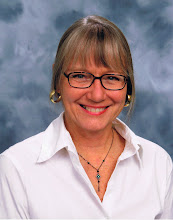Every museum has a ghost story (except
maybe us), and every museum has that one item that is a show stopper. Ours is
“that creepy doll”. Of course we don’t think the doll is creepy at all. She is
quite charming. She was donated by Lydia Bechtel and she is wearing a blue
skirt with a white blouse and cloth sweater. She has a lovely pearl necklace
and earrings, and has lace-up black and white shoes and socks. In researching
her, we discovered an advertisement for a similar doll with this description
that closely matches our doll. A doll made by Simon & Halbig, which has a
smooth, creamy bisque face with crisp facial modeling. She has four upper
teeth, small ears, molded and feathered brows over deeply set, spiral threaded
eyes that close for sleep with upper and lower lashes. Her hair is a Mohair
wig, which likely had spiral curls at one time. We actually have several lovely
old dolls which we are working at bringing back out into the museum. The
scariest thing about this doll is how much little girls love to touch her. In
fact, one mother almost had a heart attack when her little girl came running
around the corner of a display dragging this doll by the arm. She wanted to
know if she could play with it. Stop by and see for yourself if you think our
sweet innocent doll is actually a killer in disguise.
by Leslie Korenko
Our doll
That other doll



Comments
Post a Comment